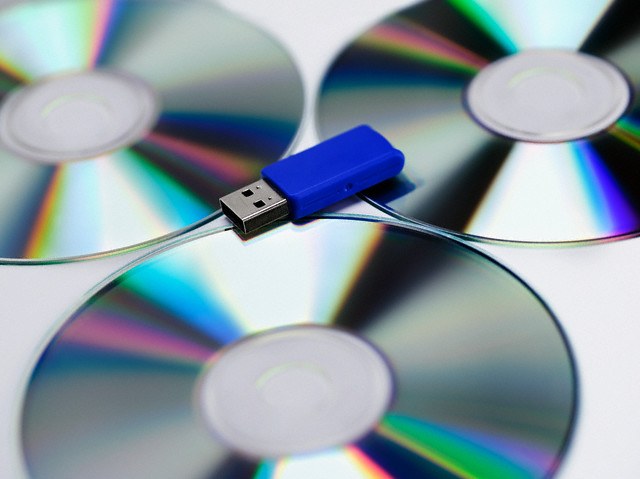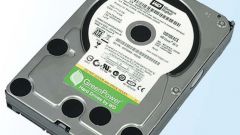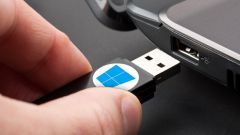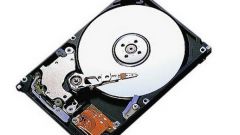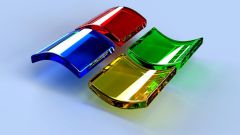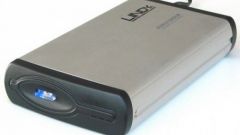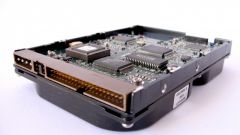You will need
- - a flash-drive, CD-ROM or DVD-ROM;
- files with the operating system image;
- program to write images to removable media.
Instruction
1
If the system unit is missing the hard drive, you can use one of 3 basic ways to continue the work on the computer. To do this, use a USB flash drive or "thumb drive", CD-ROM, DVD-ROM. There is also a 4th option – load with the magnetic floppy disk via the appropriate floppy disk drive. However, this method is suited more to lovers to experiment, since floppy disks are no longer used, and the operating system that you can install on this device will be tiny with a minimum set of capabilities.
2
To determine the choice of the drive, you should remember a few details. First, computers with older equipment may not support startup from the USB port, and then "stick" they simply does not detect, while the optical drives to work. Second, the difference in the cost of goods are incommensurable – the discs are much cheaper all USB drives.
3
Either option requires the prior creation of a system image and write it to removable media. In this case, a flash-drive or disc will be bootable. Ie, these manipulations should be done well in advance and stocked on a functioning computer. In the case of "flash" it's best to use either a portable Windows OS (e.g. Windows 8 Portable) or Linux operating system (e.g. Slax). If the choice fell on the Windows, the system image should be created using the program UltraISO, and when using Slax, you will need a special utility called Unetbootin.
4
If you use optical discs, the preliminary action will be exactly the same as with "memory stick": an appropriate version of the operating system is recorded as an image on a removable media. The main difference between CD-ROM from the DVD-ROM is their different capacity, from DVD it is much more, therefore, it is possible to copy more complete and functional program.
5
To start working on the computer without a hard disk, you should amend the order of the primary boot devices. This can be done by pressing the F8 key (sometimes F5), immediately after turning on the computer. This command brings up a dialog window that lists all carriers, which you can download. You should choose the appropriate device (USB flash, CD or DVD) and press Enter. To download computer always automatically derived from the specified location, you will need to make changes in the BIOS: immediately after turning on the power supply need to hold the Delete key to enter the menu. In the very first tab in the Boot parameter should I change the order of boot devices, putting on the first media. The transition between the lines in the BIOS using the arrow keys, and the selection of components with signs "+" and "-" on the side of the keyboard. After saving the changes, the computer itself restarts, and the operating system is loaded from the specified location. Next, you will work in a normal user mode.
Note
If you use an operating system loaded from a CD or DVD disc, save or change information would be impossible. All data will be stored only in the computer's memory only temporarily.
When working with a "stick" such limitations may not exist, depending on the selected settings.
When working with a "stick" such limitations may not exist, depending on the selected settings.
Useful advice
Choose a "stick" with a capacity of not less than 4 GB. This will load the operating system faster.
